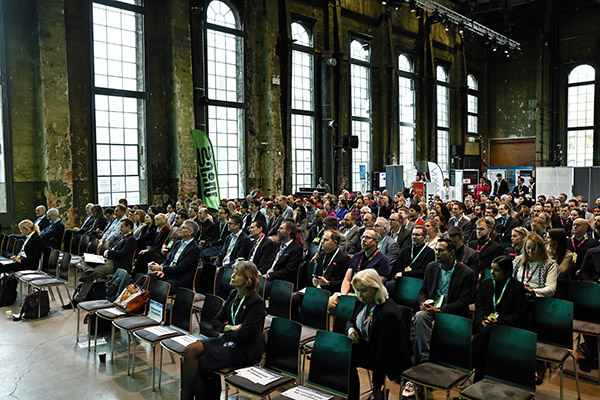WISE-affiliated researchers at Uppsala University have together with an international research team at Columbia University reported on the first 2D heavy fermion material, a layered intermetallic crystal composed of cerium, silicon, and iodine (CeSiI), in a research article published in the scientific journal Nature.
Heavier than regular electrons
Heavy fermion compounds are a class of materials with electrons that have masses that seem to be up to 1000 times heavier than regular electrons. In these materials, electrons whizzing around get tangled up with magnetic spins that slow them down, resulting in an increase of their effective masses. Such interactions are thought to play important roles in a number of enigmatic quantum phenomena, including superconductivity, the movement of electrical current with zero resistance and magnetism.
-With this breakthrough, we have discovered a unique materials platform to investigate strongly correlated low-dimensional quantum phenomena, says Dr. Chin-Shen Ong, lead author for the WISE-affiliated team.
From 3 to 2 dimensions
Heavy fermions have been explored for decades, but so far only in the form of bulk, 3D crystals. The new material, synthesized in the lab of Columbia University will allow researchers to decrease dimensionality. The electronic structure, which was the key task of the WISE-affiliated team to investigate, depends critically on dimension, since it is a result of how electrons hop around in a lattice.
-Materials in reduced dimensions, for instance two, are in general of interest since they have only surface properties and no bulk properties. This is unlike “normal” materials that have an inside (bulk) and an outside (surface). If all the atoms are at the surface, one could expect that they all can contribute to processes that take place at the surface. In this way, all atoms of the material can contribute to for example catalytic reactions, that may be the most natural, sustainable property to look for, says Olle Eriksson, Professor at Uppsala University, Co-director of WISE and co-author of the Nature article.
-Also, and similar to two-dimensional graphene, the electron mobility of this material could have relevance for applications in microelectronics. The work we now have published lays the foundation to such studies, that we now wish to pursue, continues Olle Eriksson.




























